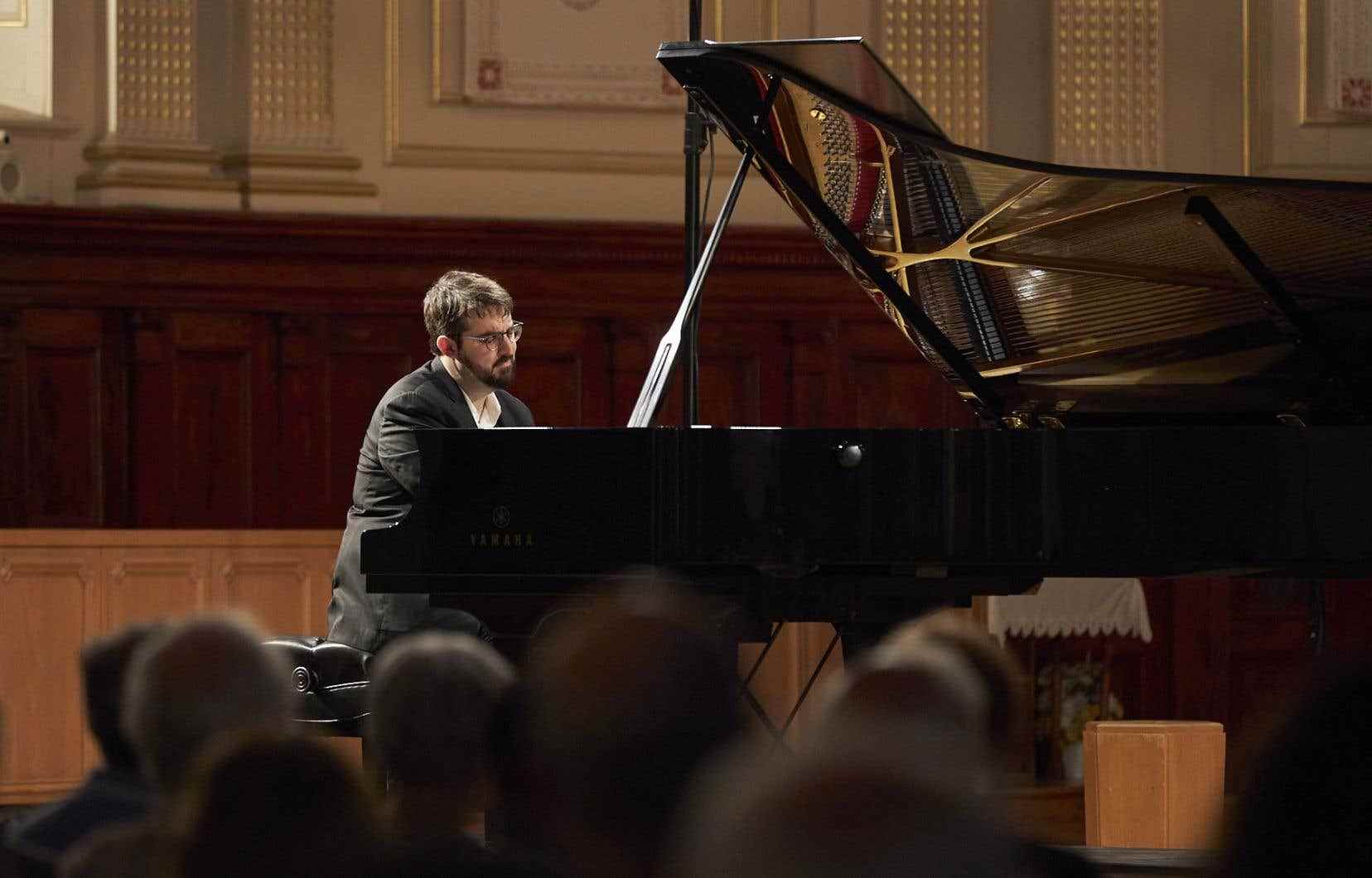Let the organizers of concerts, in Japan, Europe or elsewhere, spread the word: as long as you hire Charles Richard-Hamelin in the near future, above all do not overlook Couperin’s tomb by Maurice Ravel. The Quebec pianist was miraculous there on Tuesday evening at L’Assomption, during a recital given as part of the Lanaudière Festival.
The question is repeatedly raised by strange or off-topic performances by pianists or conductors. It is then necessary to bring back to the carpet the question of French music, of its style, its spirit, its history, its characteristics. Explain, re-explain when all this should be relatively endorsed.
Air and transparency
With Charles Richard-Hamelin the problem does not arise. From the first bars of the Pavane for a deceased Infanta, we feel that the stylistic instinct is sure, the taste admirable. It goes far beyond that, as the pianist proves in his encore: a transcription for two hands of the “Fairy Garden” by My mother the goose. Despite the reduced means, everything is there, including the subtle and supple transition to the coda.
The “Fairy Garden” is in a way a supreme Ravel, a status to which the “Forlane” of the Tomb of Couperin. This is where we heard, in the orchestral version, the most incredible extrapolation, which no longer has much to do with Ravel but everything to do with genius: the sound painting of Sergiu Celibidache, documented on disc on the label of the Munich Philharmonic. Without falling into the excessive slowness of Celibidache, Charles Richard-Hamelin has opened up, on the piano, the same spaces of a universe of air and transparency where the most subtle notes and sounds seem born in weightlessness. The pianist renewed the prowess in the “Menuet” but with, this time, a hint of affectation. This is why the second truly immense moment of his interpretation was the “Prelude”, of a scintillating lightness but also of a perfect equality.
Whereas throughout his career Charles Richard-Hamelin had approached Schumann then Mozart and Brahms after Chopin, we had somewhat forgotten to imagine him in French music. There will be many things to say.
Crushing Chopin
In the first part, the Quebec pianist played Chopin. At the famous Chopin Competition in Warsaw in 2015, he won the prize for the best sonata by interpreting the 3rd Sonata op. 58, a work that he then recorded and played in concert. It was therefore all the more interesting to see him tackle the 2nd Sonata, especially after a cycle of Preludes looked at from a very tormented and pessimistic angle. Another inevitably interesting juxtaposition: the 2nd Sonata was the one chosen by Bruce Liu during the 2021 Chopin Competition.
As expected, compared to Liu, Charles Richard-Hamelin focuses above all on the sound material. It imposes a framework of dynamic contrasts and very imposing volumes. The framing of the 3rd movement (funeral march) is rigorous, with a precise dynamic gradation of the resumption of the march. The 4th movement is stormy and dense.
With this power game, under this heat wave (it was hot in the L’Assomption oven for the spectators in short sleeves, so imagine the pianist in a suit under four spotlights!), the fingers did not always fall surgical in the first two movements, but without disturbing the idea that one could have of the interpretative ideas of a pianist playing the devastating power.
On the contrary, both Nocturnes op. 27 were admirable for the care given to the sound continuum. This was pushed to such a paroxysm that the two works were linked: everything therefore flowed from a single and gigantic distraught breath.
